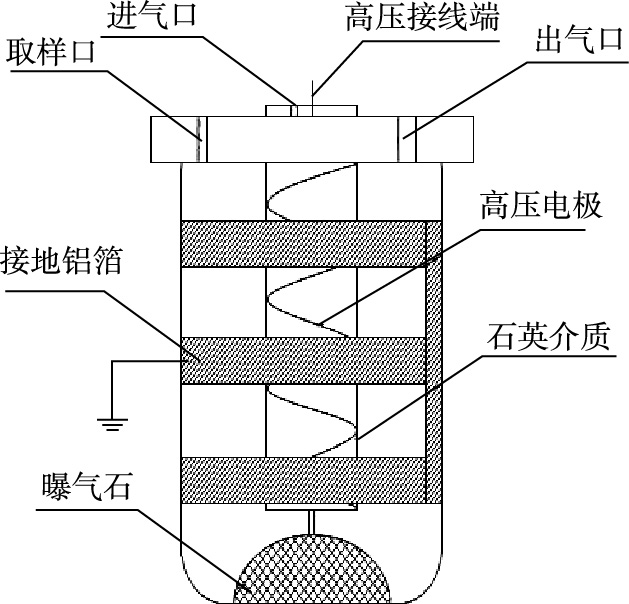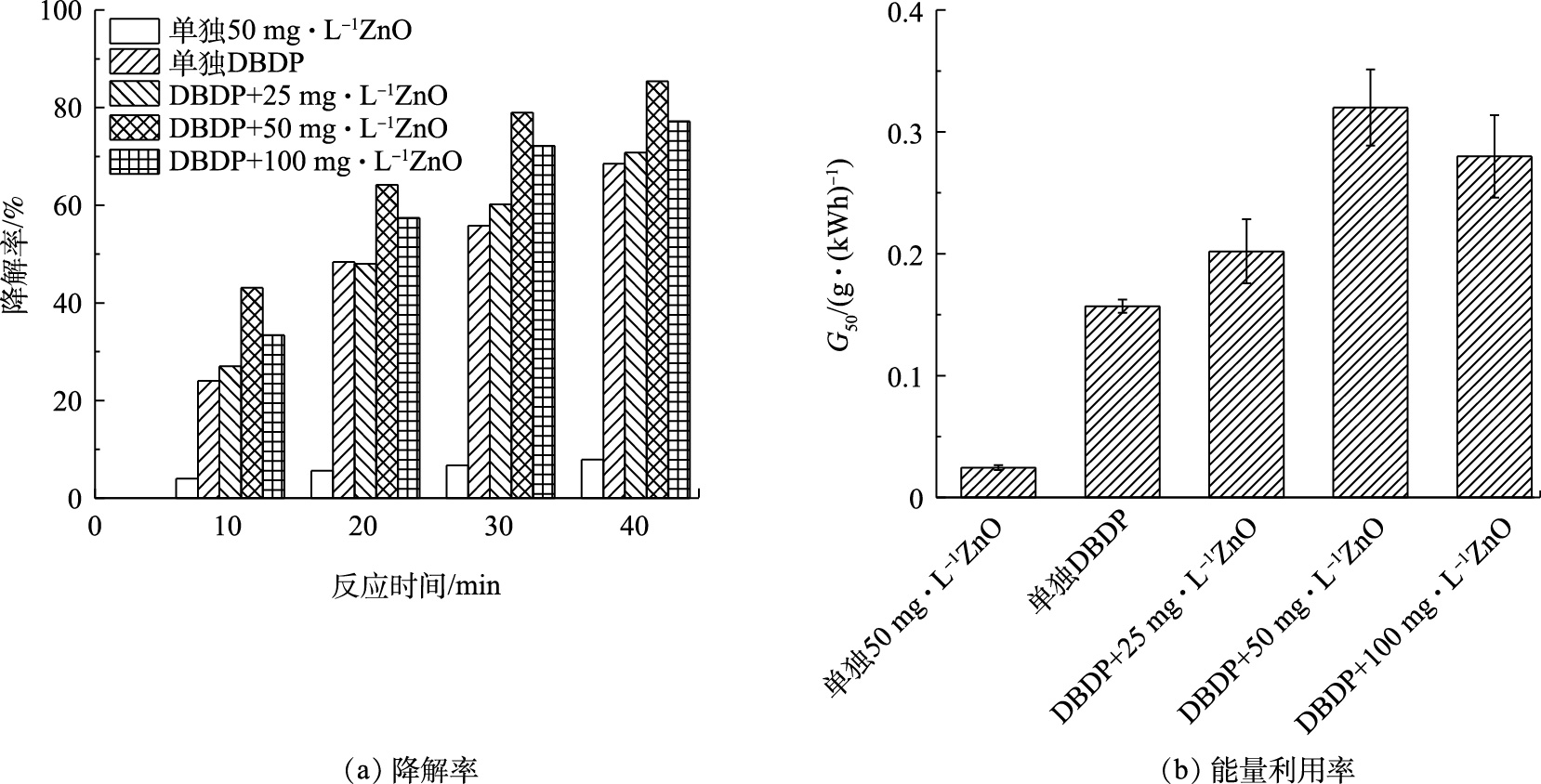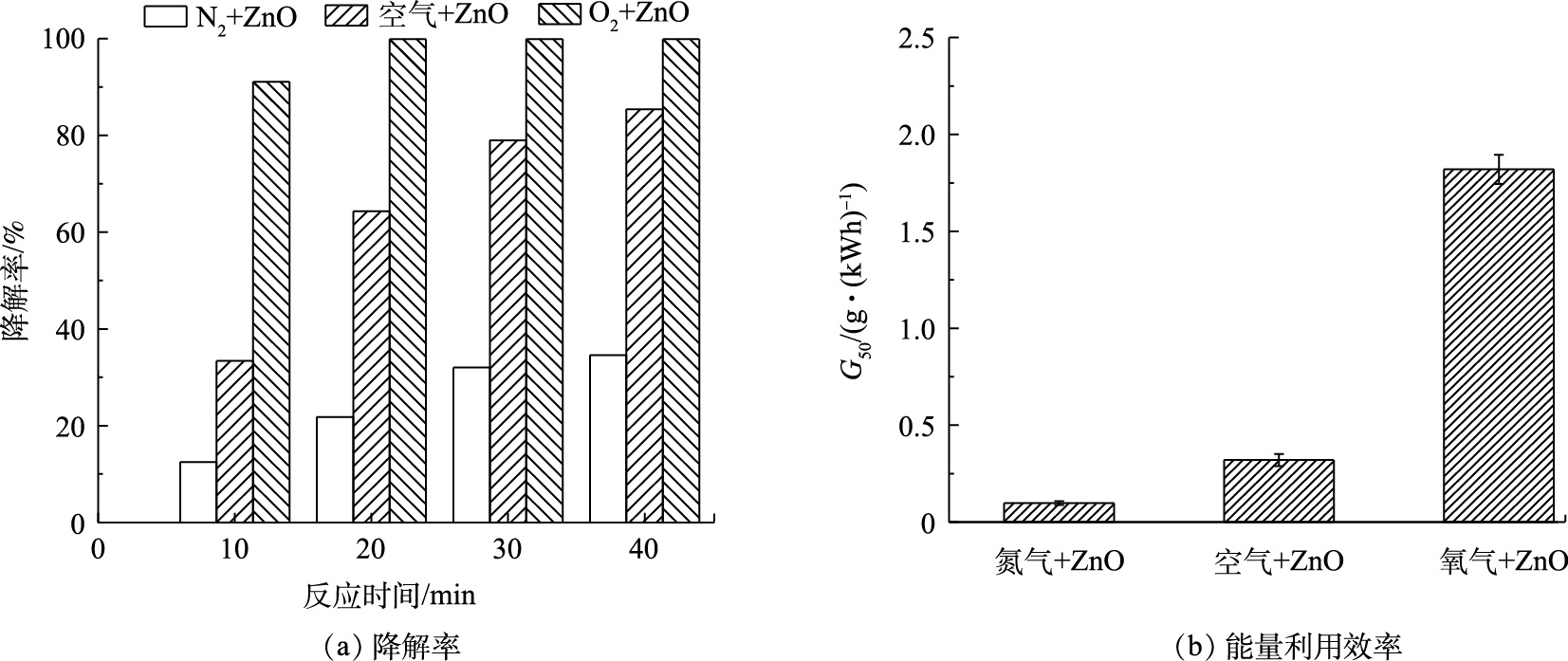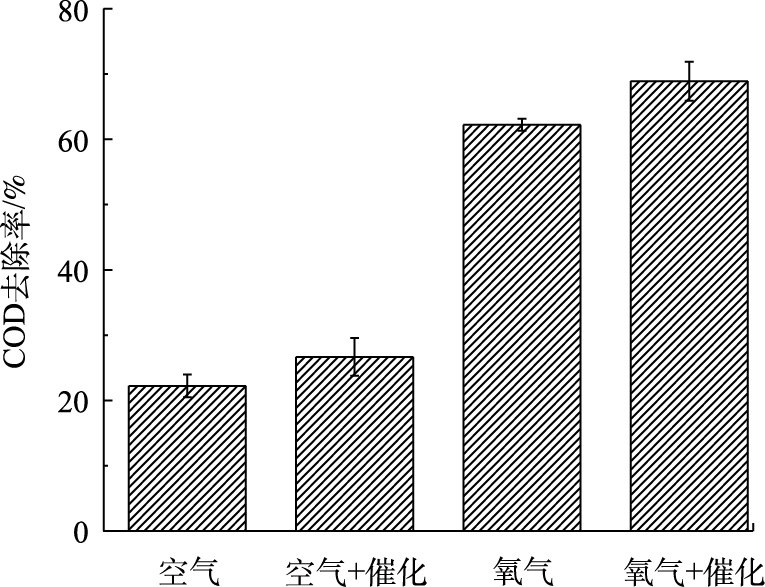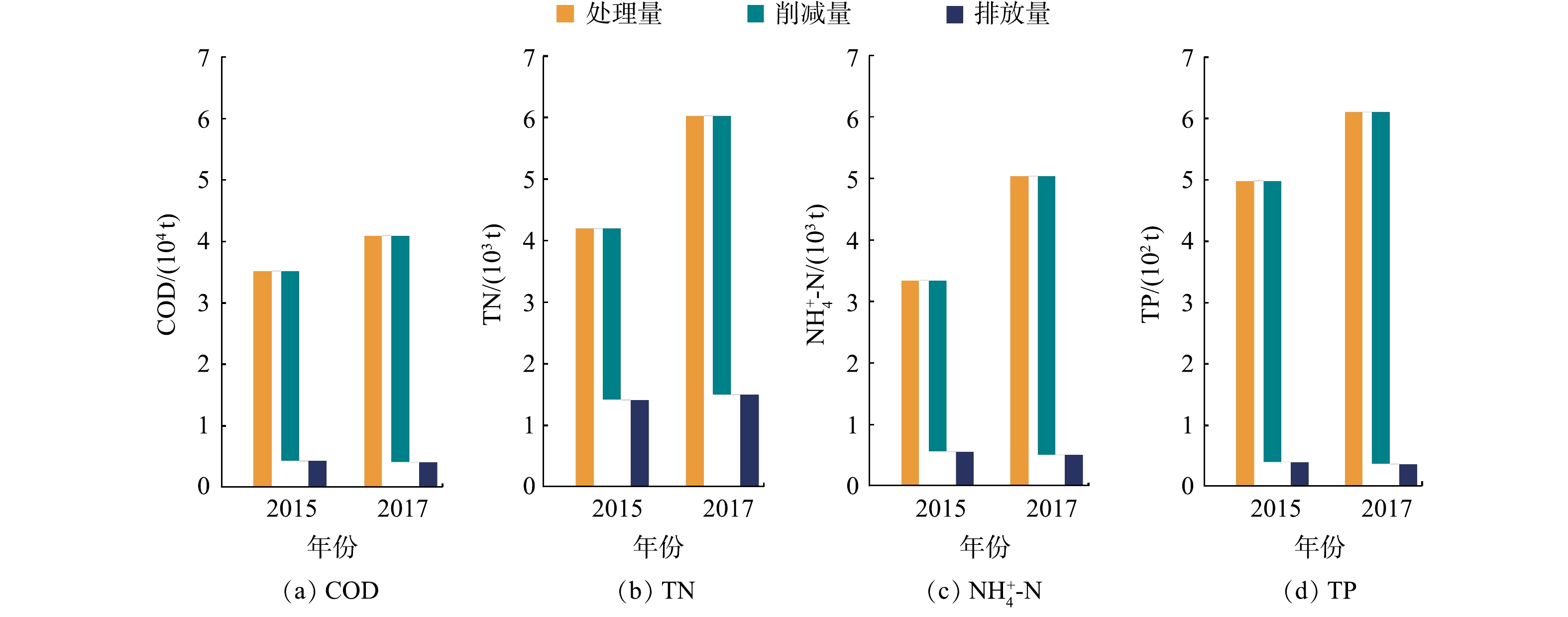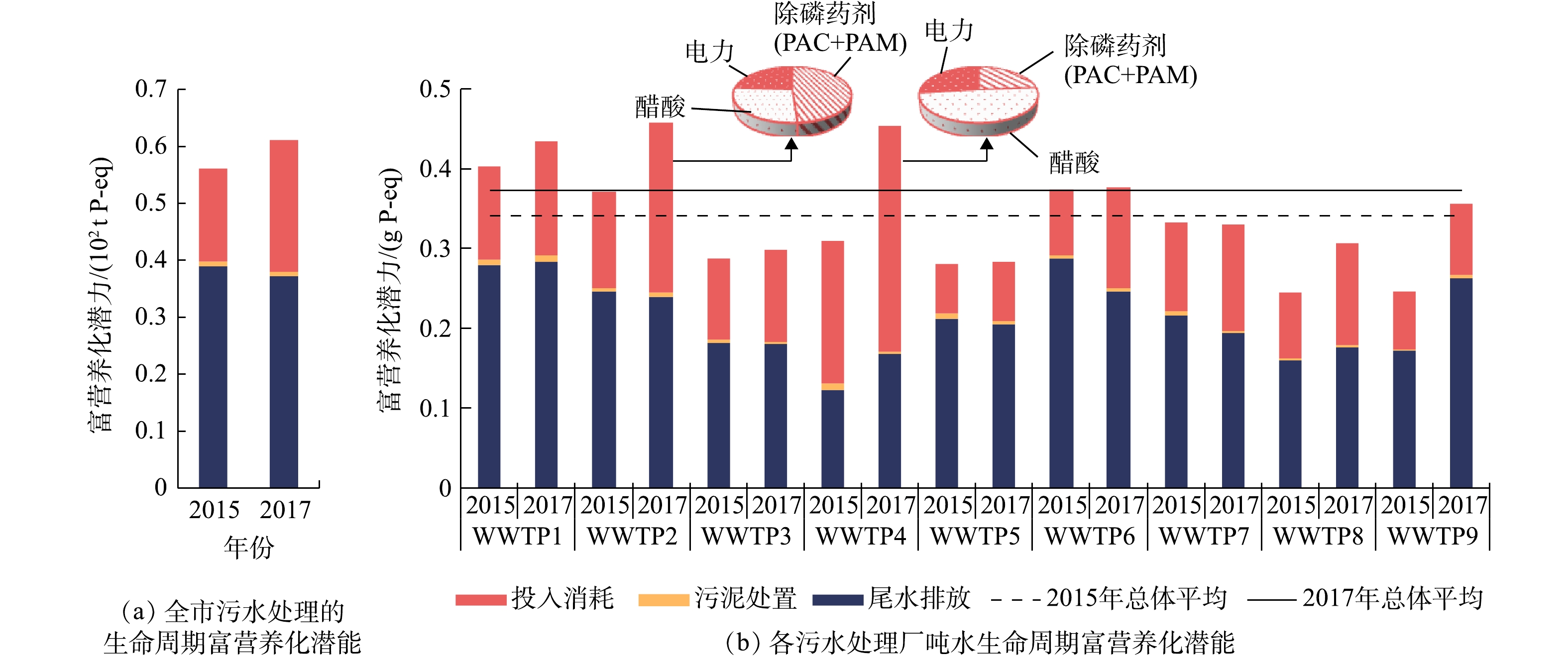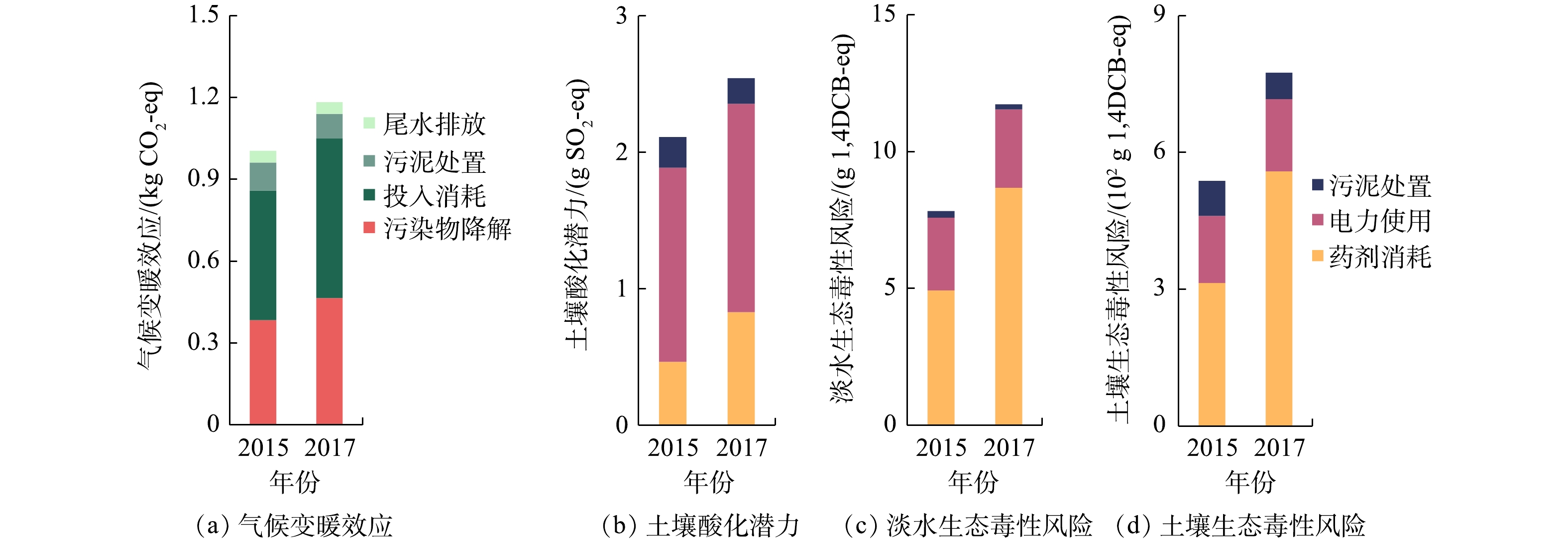-
健康的水系统是维持城市可持续发展的重要基础。我国目前面临的水资源短缺、水环境恶化和水生态破坏等突出问题,已经成为限制我国经济发展和生态文明建设的关键性因素。城镇污水处理厂作为水体污染外源输入的有效屏障,对城市水环境治理和保护至关重要。近20年来,我国城镇污水排放标准经历了从综合标准到行业标准、从国家标准到地方标准的发展历程,呈现出污染物控制指标数量递增、排放限值日趋严格的趋势。2015年,国务院发布了《水污染防治行动计划》(简称“水十条”),要求“敏感区域(重点湖泊、重点水库、近岸海域汇水区域)城镇污水处理设施应于2017年底前全面达到一级A排放标准;建成区水体水质达不到地表水Ⅳ类标准的城市,新建城镇污水处理设施要执行一级A标准”。实际上,在我国经济发达地区,不少地方目前执行的排放标准已严于国家一级A标准。然而,随着污水排放标准的一味提高,污水处理工艺流程相应延长,污水处理会产生污染转移,主要体现在能耗和处理药剂的增加,以及由此产生的一系列负面环境影响[1]。另一方面,污水处理厂在技术选择、工艺设计和过程调控时,通常仅以污染物达标排放为目标,并未充分考虑受纳水体的环境容量,以致污水处理厂在应对水体水质变化时其响应与调控能力普遍有限[2]。
为响应国家生态文明建设号召,落实浙江省省委省政府有关“五水共治”的战略部署,义乌市自2014年起全面推进城镇污水治理工作,在城镇污水提标处理方面开展了诸多实践探索。自2015年起,义乌市各污水厂统一执行“义乌标准”。其中,氨氮(
NH+4 -N)和总磷(TP)月均排放浓度要求分别低于1.0和0.4 mg·L−1,相比国家一级A标准,NH+4 -N和TP排放标准分别提高了80%和20%。2017年起,各污水处理厂执行更为严格的“金华标准”。其中,TP排放标准提高至0.35 mg·L−1。到2020年底,所有污水处理厂需实现有机物、总氮、氨氮和总磷的进一步减排,以满足排放限值再度升级的“浙江省标准”。迄今,义乌市在城镇污水厂建设和升级改造方面已投资超过30亿元,污水处理厂年运行费用高达数亿元。这在拉动环保产业发展的同时也带来了污水处理厂运营成本迅速提高的压力。本研究以义乌市2015年和2017年施行的排放标准为情境要素,结合污水处理厂实际运行数据及能耗、化学药剂和污染物排放的生命周期环境影响清单数据,运用虚实结合的情境模拟方法,综合评估义乌市污水处理厂污水提标处理的环境和经济效益,分析探讨负面效应的关键驱动因素及应对策略,以期为义乌市乃至我国构建经济高效、绿色低碳的污水治理模式提供参考。
全文HTML
-
截至2019年,义乌市共建成城镇污水处理厂9座,各厂的设计规模和主要处理工艺见表1。其中,生物处理工艺以氧化沟和A/A/O为主,处理流程升级后新建的工艺则主要有高效沉淀池、纤维转盘滤池和反硝化滤池。各厂尾水就近排入义乌江、大陈江等水体。污泥在厂内脱水处理后运至环保公司进行处理处置。处置方式主要有填埋、焚烧、菌种培养和建材制作。为分析比较不同污水排放标准下义乌市污水处理的环境影响和经济成本,选用2015年(执行“义乌标准”)和2017年(执行“金华标准”)作为分析年。“义乌标准”要求的污水处理厂尾水中主要污染物浓度限值为:COD 50 mg·L−1、TN 15 mg·L−1、
NH+4 -N 1 mg·L−1、TP 0.4 mg·L−1;“金华标准”在此基础上要求尾水中TP不得超过0.35 mg·L−1。 -
生命周期影响评价(life cycle assessment,LCA)是一种可用于量化产品或服务在其完整生命周期内对环境系统产生影响的评估方法,已被广泛应用于污水处理厂的环境影响研究,通常分为目标与范围定义、清单分析、影响评价和结果解释4个步骤。
1) 目标与范围界定。对选定的9座污水处理厂进行环境影响研究,范围覆盖污水处理过程及剩余污泥的处理处置。相比运营期,污水处理厂建设期和拆除期的环境影响较小,通常可忽略不计[3]。因此,本研究仅针对污水处理厂运行期的环境影响开展评估分析,并选取各污水处理厂处理每吨污水作为模拟分析的功能单位。
2) 清单分析。9座污水处理厂的水污染物排放总量及污泥产生量见表2,电力和处理药剂消耗量见表3。其中,电力消耗涵盖整个厂区,处理药剂包括用于强化除磷的聚合氯化铝(PAC)以及用于污泥脱水的阳离子聚丙烯酰胺(PAM),具体数据均来源于各厂的月度生产运行记录。除尾水排放外,污水处理厂产生的直接环境排放还包括污水处理过程中因污染物降解产生的温室气体排放,以及污泥处理处置过程中产生的气态污染物、重金属及氮磷营养元素的环境排放。排放量基于笔者前期构建的模型方法[4]估算得到,具体清单项目见表4。对于污泥处置的不同方案,清单估算的假设条件有所差异:1)污泥焚烧过程的能耗及生成的气态污染物基于污泥量进行估算[5];2)污水处理厂剩余污泥可替代制备水泥等建材的部分原料,替代率按10%计,制备过程的电耗按19 kWh·t−1污泥估算[6];3)利用剩余污泥培养接种物,因能耗和物耗较小,不计在内。电力生产和药剂制备过程产生的环境排放,以及水泥烧制过程排放气态污染物的清单数据,均来自Ecoinvent数据库(v 3.4)[7],主要清单分析结果见表5。
3) 影响评价。本研究采用基于ReCiPe 2016的中间影响评估方法(v 1.1)进行污水处理厂生命周期环境影响建模。ReCiPe 2016由荷兰公共卫生与环境研究院、荷兰莱顿大学等多所科研机构和知名高校联合开发,是目前涵盖环境影响类型较全面的生命周期评价方法之一,其已被广泛应用于污水处理的环境影响评估[8]。污水处理生命周期过程形成的淡水富营养化、淡水生态毒性、气候变暖、土壤酸化和土壤生态毒性是本研究的重点,相关潜能水平按式(1)进行估算并以典型污染物排放当量表示。
式中:
Pc 即某一环境影响类型c的效应水平,Mi,j 即污染物质i排放进入特定环境介质j的质量;CFc,i,j 为特征化因子,表示单位质量污染物质i排放进入特定环境介质j在环境影响类型c所造成的效应水平与典型污染物相当的时候典型污染物的排放质量。具体地,淡水富营养化效应以磷元素当量(P-eq)表征,淡水和土壤生态毒性以1,4DCB(二氯苯)当量(1,4DCB-eq)表征,气候变暖和土壤酸化分别以CO2当量(CO2-eq)和SO2当量(SO2-eq)表征。相关特征化因子参见已有研究[9],相关建模及运算过程基于LCA平台SimaPro(v 8.4)开展。4)结果解释。基于环境影响类别的估算结果,分析义乌市城镇污水处理厂污水提标处理对水体环境和宏观生态系统的影响。
-
经济成本分析主要涉及污水处理厂运营过程相关的动力消耗、药剂消耗、污泥处置、人员薪资、设备维护及其他等6个方面的支出费用。其中,电力、药剂和污泥处置的费用支出情况来自对污水处理厂的调研数据;人员薪资则按义乌市非私营单位就业人员年平均工资统计公报公开数据估算得到;污水处理厂设备维护费用基于污水处理厂建设投资进行估算,其中固定资产形成率、大修费率、维护费率分别按85%、1.7%和0.5%取值,办公管理、园区清洁等其他费用按前5项运营成本小计的10%估算[10]。
1.1. 义乌市城镇污水处理厂概况
1.2. 环境影响评估方法
1.3. 经济成本分析方法
-
比较义乌市9座污水处理厂2015年和2017年各主要污染物的年度处理量、削减量和排放总量(见图1)可发现:相比2015年,2017年各厂主要污染物的年度处理量均有所增长,涨幅17%~51%不等,这表明该市近年来开展的排水系统建设工作对于提升全市的污水收集率有一定的意义;在经历污水处理提标改造后,有机污染物(以COD计)、TN、
NH+4 -N和TP的全市削减量相比2015年时分别增加了19%、62%、52%和25%;除TN的排放总量略有增加外,提标处理后尾水COD、NH+4 -N和TP的全市年度排放总量分别减少了212、54和3 t。因此,污水处理厂提标改造总体上有益于水体污染物减排目标的实现。TP是淡水水体富营养化的主控元素,也是2017年义乌市污水处理厂提标处理的首要目标。对该市污水处理厂生命周期过程的淡水水体富营养化潜能进行了模拟,结果如图2所示。整体而言,污水处理厂尾水排放仍然是其富营养化潜能的主要产生过程,2015年和2017年的贡献比例分别达到69%和61%;2017年污水处理厂尾水排放贡献的淡水富营养化潜能约为37 t P-eq,较2015年污水处理未提标时有所降低。因此,提标改造有利于控制尾水排放直接产生的富营养化潜能。然而,在污水处理厂进行提标改造之后,污水处理生命周期过程中产生的富营养化潜能则较2015年增加了5 t P-eq。实际上,电力生产(尤其是火力发电)和水处理药剂制备的过程也会产生和排放含磷废液[7],从而影响水体富营养化程度。基于污水厂实际运行数据(表3),进一步对比提标前后义乌市污水处理厂全年电耗和药耗总量发现,污水提标处理过程中电耗和药耗均有增加;其中电耗由52 333 MW·h增至56 064 MW·h,PAC和醋酸则分别由7 780 t和1 839 t增至13 193 t和4 180 t。相应地,电耗和药耗对总体富营养化潜能的贡献比例由29%上升至38%,这是2017年该市污水处理生命周期过程富营养化潜能总体增加的主要原因。综上所述,提标前后,义乌市每排放1 t尾水产生的全生命周期淡水水体富营养化潜能,从0.34 g P-eq增至0.37 g P-eq(见图2)。从工业生命周期链条来看,现有污水二级处理技术普遍仰赖外部动力驱动或需辅以化学药剂进行过程强化,由此表明,污水被过度处理或未能真正有效地解决水体的富营养化问题。
对义乌市每座污水处理厂生命周期过程的淡水水体富营养化潜能进行单独分析(见图2(b))发现:2号和4号污水处理厂每排放1 t尾水产生的生命周期富营养化潜能分别从提标前的0.37和0.31 g P-eq增至提标后的0.46和0.45 g P-eq,增幅明显,达23%和47%;提标后,2号和4号污水处理厂因电耗和药耗而间接产生的富营养化潜能占全生命周期潜能的47%和62%。进一步分析可发现,使用除磷药剂PAC间接产生的富营养化影响占2号污水处理厂电耗和药耗影响总和的49%,而4号污水处理厂的同等影响主要来自作为补充碳源的醋酸(见图2(b)中的饼状图)。除排放标准以外,水处理药剂的消耗量还与污水处理厂进水条件密切相关,尤其是污水的可生化性和碳氮比。
BOD/COD是评价污水可生化性的常用指标。对义乌市9座污水处理厂进水BOD/COD进行分析(见图3),得到义乌市污水处理厂进水BOD/COD的平均值为0.32,低于我国城镇污水处理厂进水BOD/COD的平均水平(约为0.4)[11]。其中,2号和4号污水处理厂的BOD/COD分别仅为0.33和0.30。另一方面,污水碳氮比低于5,通常被认为不利于生物脱氮除磷[12];义乌市污水处理厂进水碳氮比平均水平为2.27,2号和4号污水处理厂进水碳氮比分别为1.90和1.86(见图3),是9座污水处理厂中最低的2座。由此可见,对于2号和4号污水处理厂而言,自身碳源不足是既有工艺提升处理标准的核心难点,而依赖外加药剂则是其处理污水过程中产生环境负效应的主因。
进水碳源不足是我国城镇污水处理厂普遍面临的关键问题,雨水和地下水渗入污水管道是造成污水处理厂进水有机负荷降低的主要原因之一[13]。义乌市应进一步推进城镇排水系统的建设和完善,通过雨污管道混接改造、管网漏损诊断及修复等措施科学提升污水收集效率,并实践厂网一体化运行管理模式,将污水处理厂进水水量与水质作为排水系统质量的评估指标,从而促进城镇污水系统整体优化提升。另一方面,义乌市应利用9座污水处理厂污水管网互联互通的基础优势,发展新型传感器及配套物联网技术,根据全域污水水量-水质的动态演化,实时将他域可生化性强、进水碳氮高的污水输配至区域性进水碳源不足的污水处理厂,从而优化进水条件和处理效能,充分发挥各污水处理厂的处理能力,以实现义乌市全域污水水量-水质统筹调控和污水处理提质增效的新模式。
厂界内污水处理工艺的升级改造和优化运行也是应对进水碳源匮乏的重要手段。义乌市污水处理厂采用的生物处理工艺以氧化沟和A/A/O为主。对于氧化沟工艺,国内已有实例采用侧流污泥水解技术进行碳源的优化转化,以满足污水处理厂提标处理对碳源的需求[14]。对于A/A/O工艺,也有工程案例通过科学调控曝气量和设置消氧区、优化碳源投加方式及投加量等措施,提升内外碳源的利用效率[15]。随短程反硝化耦合厌氧氨氧化等低碳工艺技术的快速发展,也为解决污水处理厂进水碳源不足的问题提供了新的技术路径[16]。
-
长期以来,城镇污水处理厂的核心作用被认为是减少污水直排对受纳水体产生的水质污染,故提升污水处理厂的尾水排放标准成为污水处理厂运行管理的核心目标。然而,从污水处理的全生命周期过程来看,尾水排放并非污水处理厂与自然生态系统产生联系的唯一介质[17]。例如,污水有机物经生物降解和转化,会产生CO2和CH4等温室气体。笔者过往的研究发现:污水处理厂所需电力和药剂的生产过程会产生污染物的多介质环境排放,如硫化物、重金属向大气和陆地生态系统排放;伴随着生物地球化学过程,这些污染物的无组织排放将可能对自然生态系统产生系列负面影响,加剧区域性甚至全球性的气候变暖、土壤酸化和多介质生态毒性风险等环境问题,不利于环境质量的综合提升和生态系统健康[18]。因此,本文对义乌市9座污水处理厂处理每吨污水产生的气候变暖效应、土壤酸化潜力、淡水及土壤生态毒性进行了模拟分析(见图4)。
在污水处理过程中,部分污染物经微生物作用会转化为二氧化碳、甲烷和氧化亚氮等温室气体,其无组织排放会对气候变暖产生影响;同时,在生命周期的视角下,污水处理厂上游的电力生产和水处理药剂制备等工业生产过程也会产生碳排放,从而可能间接导致污水处理对气候变化造成不利影响。经分析发现,2017年义乌市污水处理厂处理每吨污水排放1.2 kg CO2-eq,较2015年未提标处理时增幅接近20%。其中,污水处理所耗电力和化学药剂的生产过程是最主要的排放来源,水中污染物降解过程的碳排放次之,二者排放量分别达到0.59和0.46 kg CO2-eq(见图4(a))。除碳排放外,电力和药剂生产过程还会排放硫化物等酸性气体,这些酸性物质经大气沉降后在土壤中积累,从而使土壤酸化[19]。2015年义乌市污水处理厂生命周期过程处理每吨污水排放2.11 g SO2-eq,2017年提标处理后上升了20%,达到2.54 g SO2-eq。虽然电力生产过程排放的酸性气体是主要来源,但提标后酸性气体排放量主要来自PAC制备过程,相比2015年其增幅接近70%(见图4(b))。PAC等药剂生产设施的建设过程还会向环境排放铜、锌、镍等重金属物质,从而给生态系统带来毒性风险[7]。模拟结果表明,药剂生产过程的环境排放是义乌市污水处理厂形成淡水和土壤生态毒性潜能的重要来源;2017年污水提标处理后,义乌市污水处理厂处理每吨污水造成的淡水和土壤生态毒性风险分别增加了50%和44%(见图4(c)~(d))。造成以上结果的主要原因包括PAC在内的药耗增加。进一步对比提标前后9座污水处理厂PAC使用量可发现:提标后各厂的吨水PAC用量均有不同程度的增加(见表3),2015年9座污水处理厂的平均吨水PAC用量为0.05 kg,而2017年该用量为0.08 kg,为提标前的1.5倍;提标前后PAC投加摩尔比的平均水平由3.3上升至4.0,其中2号污水处理厂2017年的PAC投加比最高,达到6.4,该值远超一级A稳定达标的经验范围(2~3)[20]。
综上所述,以化学强化为策略的污水提标处理技术路径,将会对宏观生态系统产生不利影响,故探索少药剂、零药剂的绿色方案是核心突破口。近来有研究[21]表明,采用新型膜材料等先进分离技术从化学污泥中回收铝用作二次絮凝剂,减少絮凝剂消耗的同时可缓解化学污泥处理处置的压力。低环境影响的药剂开发和应用,也有利于减少水处理药剂使用对环境产生的不利影响[22]。另一方面,将人工湿地、组合生态塘、生态浮岛等生态处理技术作为污水处理厂的深度净化单元,充分利用生态系统的净化功能,有望减少污水处理过程对外部资源和能源的过度依赖,为少药剂、零药剂的绿色处理方案提供了可能[23-24]。
-
对比义乌市9座污水处理厂2015年和2017年的吨水运行成本及组成可发现(见图5(a)),提标处理后吨水运行成本由0.91元上升至1.08元,增幅达到19%;其中电力、药剂费用和人员薪资是运行成本的主要组成部分,提标后药剂费用占比明显增加,由15%上升至22%。2018年,我国东部地区污水处理厂的吨水运行成本约为1.03元[25],义乌市污水处理厂的吨水处理成本基本与其持平;但从成本组成来看,义乌市污水处理厂药剂消耗的费用比例明显高于统计值(3%~15%)[25]。从运行总成本来看,义乌市9座污水处理厂总运行成本在提标后由1.49×108元上升至1.77×108元,增量近0.3×108元(见图5(b))。进一步分析各厂情况可发现,除了3号污水处理厂因处理水量减少而总成本有所下降以外,其余各厂运行总成本在提标后均有不同程度的增加,且可归因于吨水处理成本的提高而非处理水量的增加。然而,经济投入增加与污水处理厂污染物减排之间并无直接关系。例如,在全市的9座污水处理厂中,4号和2号厂投入了大量的资金进行污水提标处理(见图5(b)),但其对全市污水处理厂TP削减量的贡献并不显著(见图5(c)),加上电力和药剂的大量使用,4号和2号污水处理厂的间接富营养化程度也处于较高水平(见图5(d))。
污水和污泥蕴含丰富的资源和能源,对其加以增值转化与高效利用[26-27],有望补偿污水处理厂日常运营的支出成本。例如,将污水处理厂尾水就近回用于城市景观与果园灌溉,一方面可缓解义乌市水资源短缺问题,另一方面尾水中氮磷可为植物作物提供生长元素,减少传统化肥使用[28]。据统计资料显示,2018年义乌市农业灌溉需水量约为4×107 t,假设该水量均由污水处理厂尾水提供,则根据各厂尾水水质水量和已有研究提供的折算因子[4],可初步估算义乌市污水处理厂尾水中氮的化肥当量为375 t(以硝酸铵计)、磷的化肥当量为9 t(以重过磷酸钙计)。按《全国农产品成本收益资料汇编》[29]中浙江地区化肥单价计算(氮肥3 900元·t−1、磷肥4 800元·t−1),回收污水处理厂尾水中氮磷所得经济价值约计9.8×106元,相当于提标后污水处理成本增量的35%。除此之外,基于一系列先进的污水资源化新技术,还可将污水中的可用物质转化合成为单细胞蛋白、聚羟基烷酸、细菌纤维素、鸟粪石和蓝铁矿等高附加值产品[30],进一步扩大污水资源化的经济效益。
2.1. 污水提标处理的成效评估与强效思路
2.2. 污水提标处理对宏观生态系统的影响及缓解对策
2.3. 污水提标处理的经济效益分析与增收策略
-
1)提标处理有益于水体污染物减排,但既有污水二级处理技术普遍仰赖外部动力驱动或需辅以化学药剂进行过程强化,这使得污水过度处理或未真正有效地解决水体的富营养化问题。自身碳源不足是部分污水处理厂既有工艺提升处理标准的核心难点,而依赖外加药剂是其处理污水过程中产生环境溢出效应的主要原因。
2)在全生命周期视角下,污水处理厂所需药剂的生产过程会产生污染物的多介质环境排放。这些污染物质的无组织排放将伴随生物地球化学过程对宏观生态系统产生不利影响。具体而言,以化学强化为策略的污水提标处理技术路径会加剧污水处理对气候变暖、土壤酸化、淡水和土壤生态毒性的影响。
3)依赖外加药剂的污水提标处理方案显著增加了污水处理厂的运行成本,其中药剂费用占比高于东部地区其他污水处理厂的平均水平;经济投入增加与污水处理厂污染物减排之间并无直接关系,亟需重构技术可行、绿色经济的污水提标处理方案。





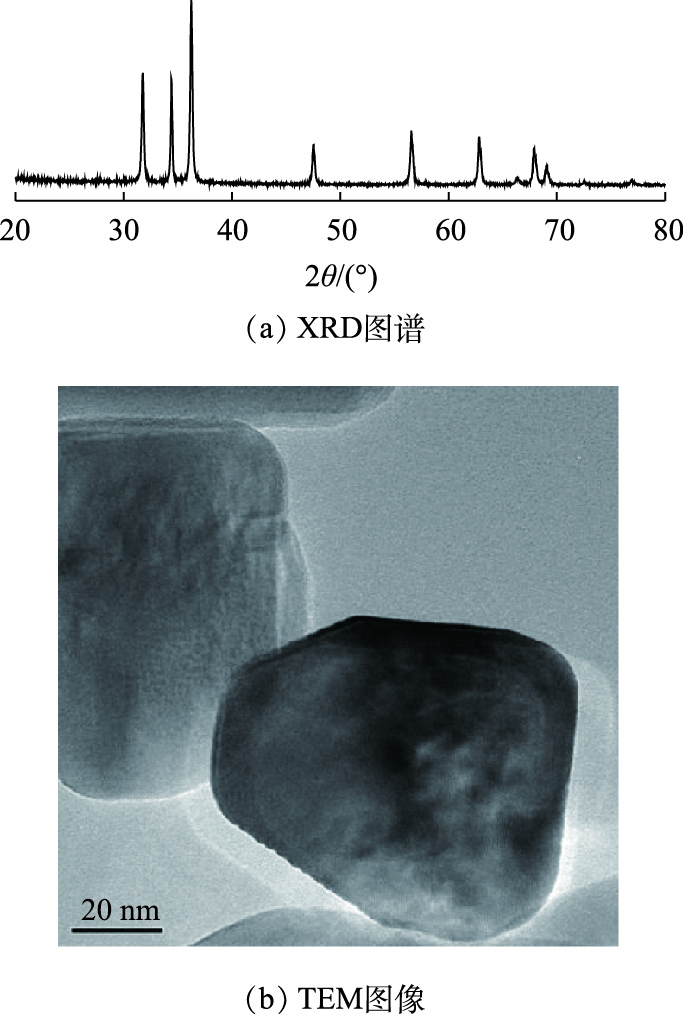
 下载:
下载:

